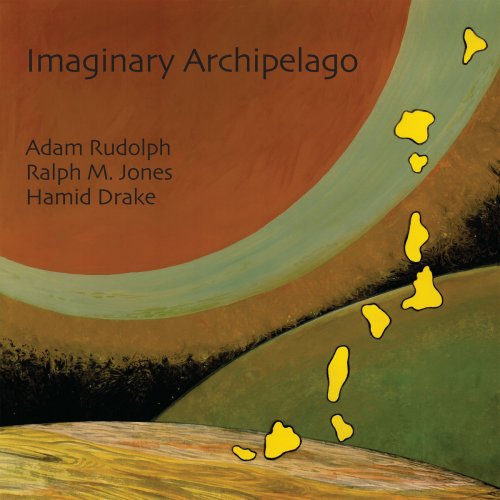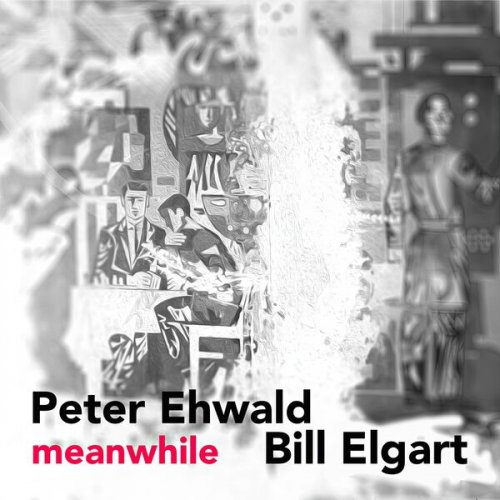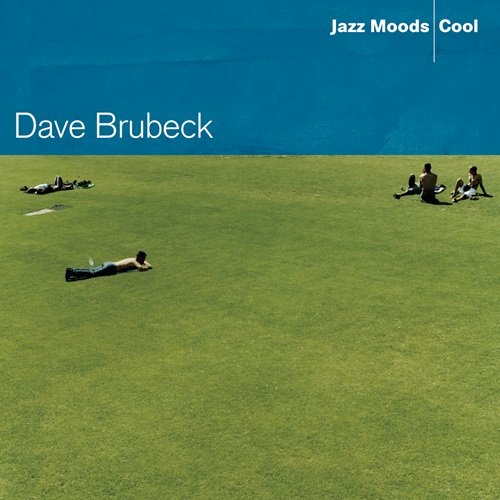Karuna Trio - Imaginary Archipelago (2020)

Artist: Karuna Trio
Title: Imaginary Archipelago
Year Of Release: 2020
Label: Meta Records
Genre: Jazz
Quality: FLAC (tracks)
Total Time: 66:14 min
Total Size: 278 MB
WebSite: Album Preview
Tracklist:Title: Imaginary Archipelago
Year Of Release: 2020
Label: Meta Records
Genre: Jazz
Quality: FLAC (tracks)
Total Time: 66:14 min
Total Size: 278 MB
WebSite: Album Preview
01. Okomibo
02. Alima
03. Ibak
04. Dimahala
05. Apekweh
06. Madazuba
07. Pitek
08. Chandirasa
09. Suwakaba
10. Vajna
11. Sorokaba
Bands of tin are wrapped around the tongue keys of a thumb piano, a metal rattle is inserted info the end of a string instrument, a gut cord is strung across the skin of a drum: from pre-history to today musican-healers have used these and other methods to complexify the sound of their instruments in order to create a parallel "shadow line" of sound. These rhythm overtones are sometimes called "the voice of the ancestors" and are linked to the transcendent quality of the music.
With similar intent, contemporary technologies were employed in this recording using a creative process of compositional expansion. Electronic processing was applied to the performances so as to generate new rhythms. These added layers of rhythm were designed to become additional voices which move in, out and through the acoustically played Signal Rhythms and Ostinatos of Circularity.
Another intention was to create a kind of sonic masking. In many cultures performers put on masks to transform her or himself into a transcendent/mythic other. Here, sonic masking moves us beyond the familiar and ordinary. We no longer need to hear, for example, a soprano sax as simply itself; the transformed sound expands us into the mysterious and extra-ordinary. This is because, transformed, the linguistic aspect of each instrumental voice is brought more into focus. We can listen with an ear oriented less towards any preconception of virtuosity and more towards the artists' intention of storytelling, song and dialogue.
Processing the sounds of the instruments invites them to resonate into space and creates a shadow world of harmonic colors. As the music unfolds, each instrumental voice sings into this space adding to the dance of orchestration and form.
With similar intent, contemporary technologies were employed in this recording using a creative process of compositional expansion. Electronic processing was applied to the performances so as to generate new rhythms. These added layers of rhythm were designed to become additional voices which move in, out and through the acoustically played Signal Rhythms and Ostinatos of Circularity.
Another intention was to create a kind of sonic masking. In many cultures performers put on masks to transform her or himself into a transcendent/mythic other. Here, sonic masking moves us beyond the familiar and ordinary. We no longer need to hear, for example, a soprano sax as simply itself; the transformed sound expands us into the mysterious and extra-ordinary. This is because, transformed, the linguistic aspect of each instrumental voice is brought more into focus. We can listen with an ear oriented less towards any preconception of virtuosity and more towards the artists' intention of storytelling, song and dialogue.
Processing the sounds of the instruments invites them to resonate into space and creates a shadow world of harmonic colors. As the music unfolds, each instrumental voice sings into this space adding to the dance of orchestration and form.








